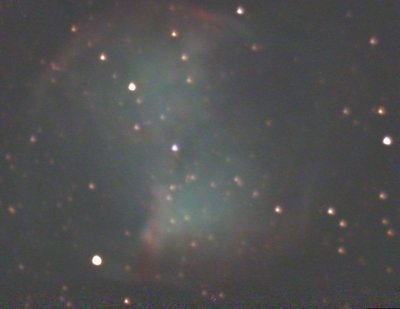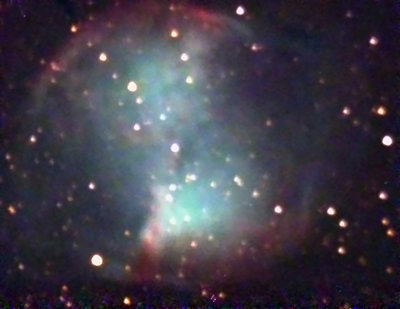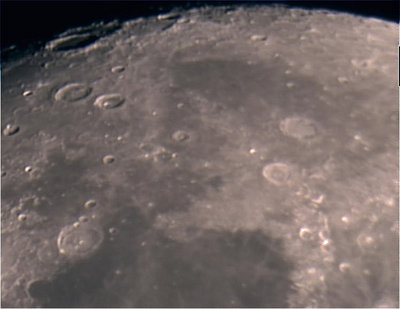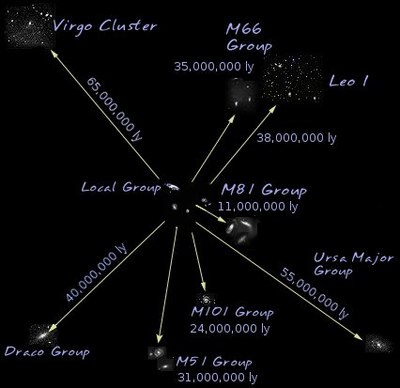Post
by Boomer12k » Fri Jan 11, 2013 11:29 pm
Does anyone see any Galactic Lensing, or is it too close for that?
Nice blue Spiral in lower right, nice picture.
It is not enough to have just larger aperture, or magnification. It takes LONG EXPOSURE PHOTOGRAPHY to capture enough light for a good image. I don't even see the Andromeda Galaxy with my GOOD GLASSES. A bit of haze with my 10-30 power zoom binocs. I see only a bright core with my 10inch Meade. Even with a 30 exposure with my Deep Sky Imager 2 color camera. But M51 and the same exposure, I see disk shape, structure, dust lanes, etc... But without photography, I see a hazy patch, even at high magnification. Even with Nebula, M27, The Dumbbell Nebula, is a cloud like, (black and white-ish), patch. With photography, I get the colors, and shapes, some details. I got a bigger scope so I could at least tell what I was looking at. When I was looking at a galaxy, I could at least say, "oh, yeah, I can tell it is a galaxy". But they were only patches. That is what spurred me into Astrophotography. I wanted to see more details.
Some of the APODs, are taken with JUST A CAMERA, really GOOD, expensive, LARGE LENS camera, long exposure, no scope. Some are taken with a small, wider field refractor scope. Some AWESOME pictures, but it is not really the aperture, (which I admit IS a plus!!!), but the exposure time, AND THE QUALITY OF THE CAMERA and Sensor CHIP. Multiple pictures are taken, then stacked together, and then post processed to bring out the details. This is what I learned from Tony Hallas, expert.
Here are two pictures I took with my 10inch Meade. The "Dingy" photo is what I originally took, the clear one is post-processed. I took about 38, 30 second photos originally. Then made an AVI movie of them, put them in RegiStax. It aligns the pictures, and you get a nice, smooth looking image. Then I Photoshopped it with auto level, auto color, auto contrast, and then there is a Color Balancer or "smoother" from AKVIS software. In my processed photo, I can see details that are even in the HUBBLE pictures. Not as clearly, but they are there. Those pinkish, splotchy areas, are nice and clear in the Hubble images. But I can at least see them.
Aperture and magnification are not everything, you can get good detailed photos with the right and good equipment, even with small but high quality lenses and scopes. If I had known, I might have gone with a 4-5 inch refractor and a better camera, BUT I WAS THINKING BIGGER APERTURE AND MAGNIFICATION!!!!! I also wanted an automatic and computer controlled scope. And overall, I am happy with what I can do. Especially after learning how to bring out a better picture.
It even helps with moon photos.
You want to capture photons? Photography is the way to go! Otherwise you would not be enjoying these fine APODS!!!
:---[===] *
-
Attachments
-

- Original.
-

- Post Processed
-

- Moon Post Processed
Last edited by
Boomer12k on Sat Jan 12, 2013 12:50 am, edited 3 times in total.
 The Fornax Cluster of Galaxies
The Fornax Cluster of Galaxies

